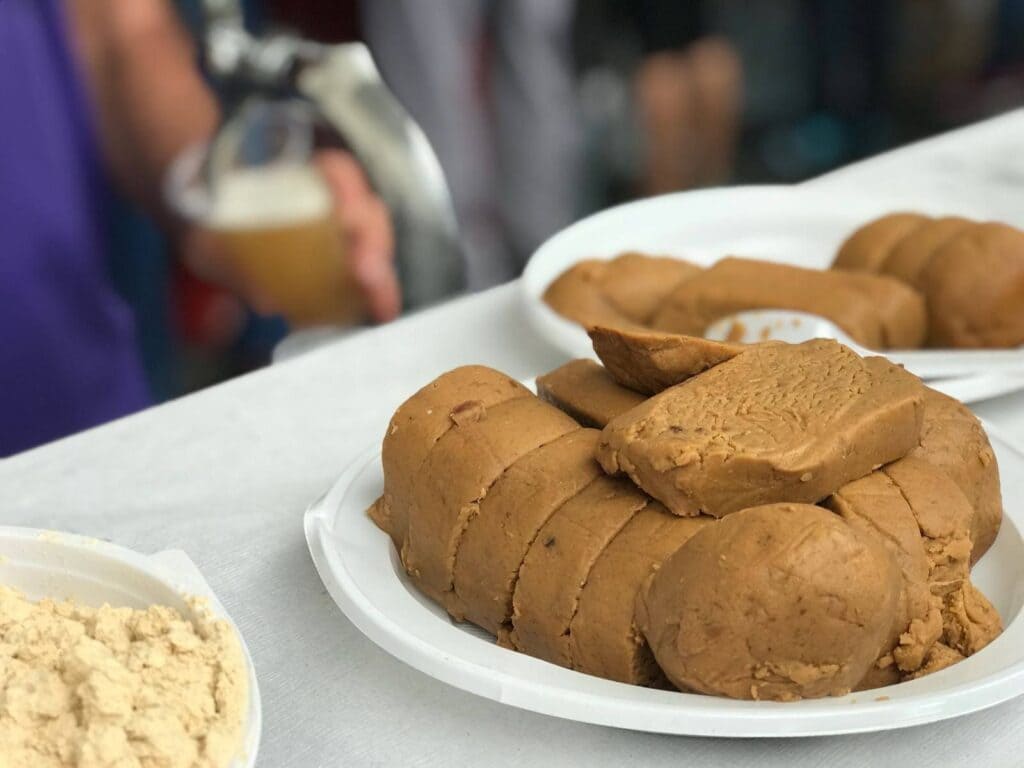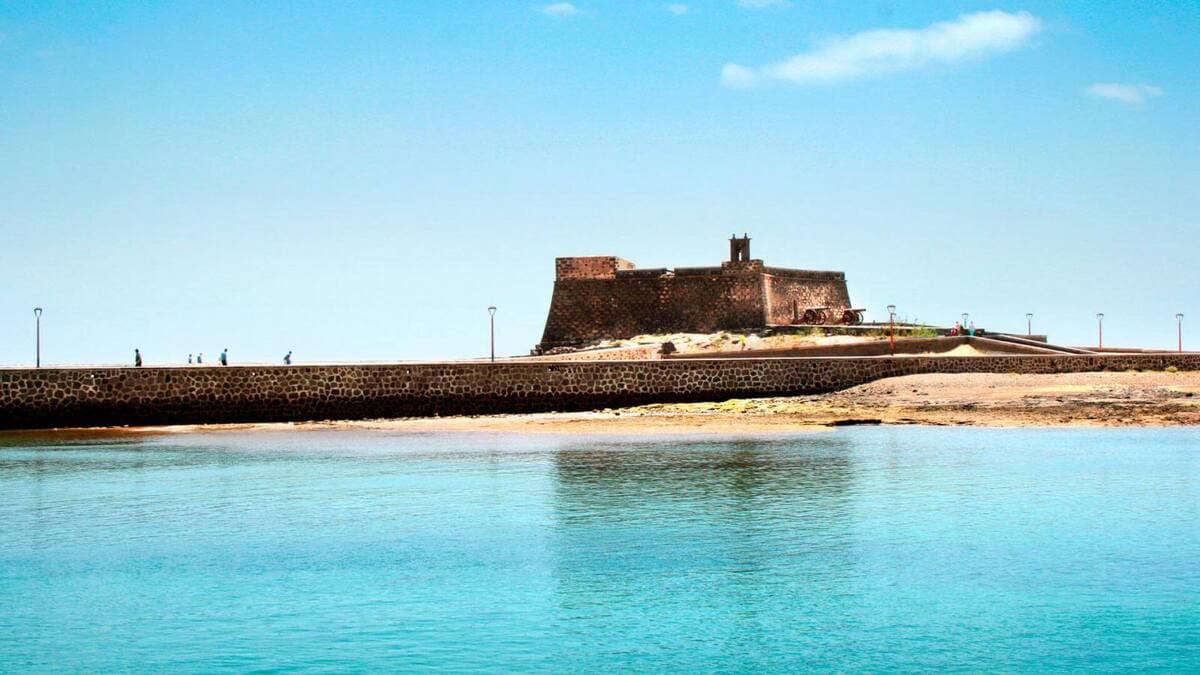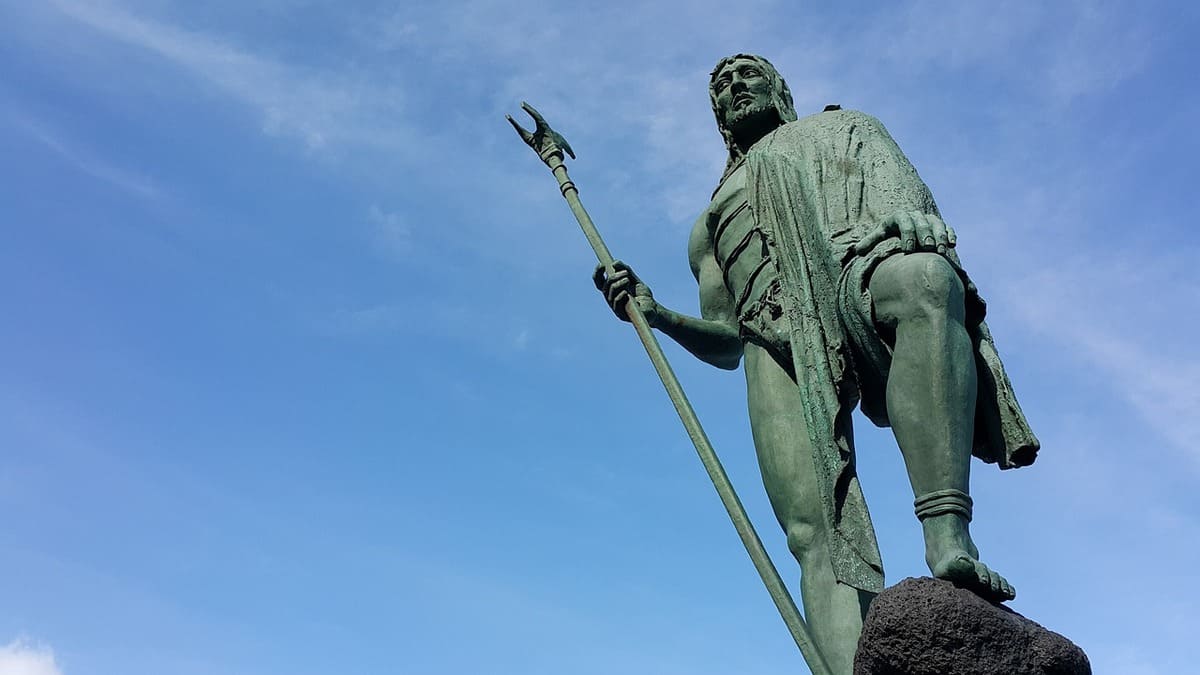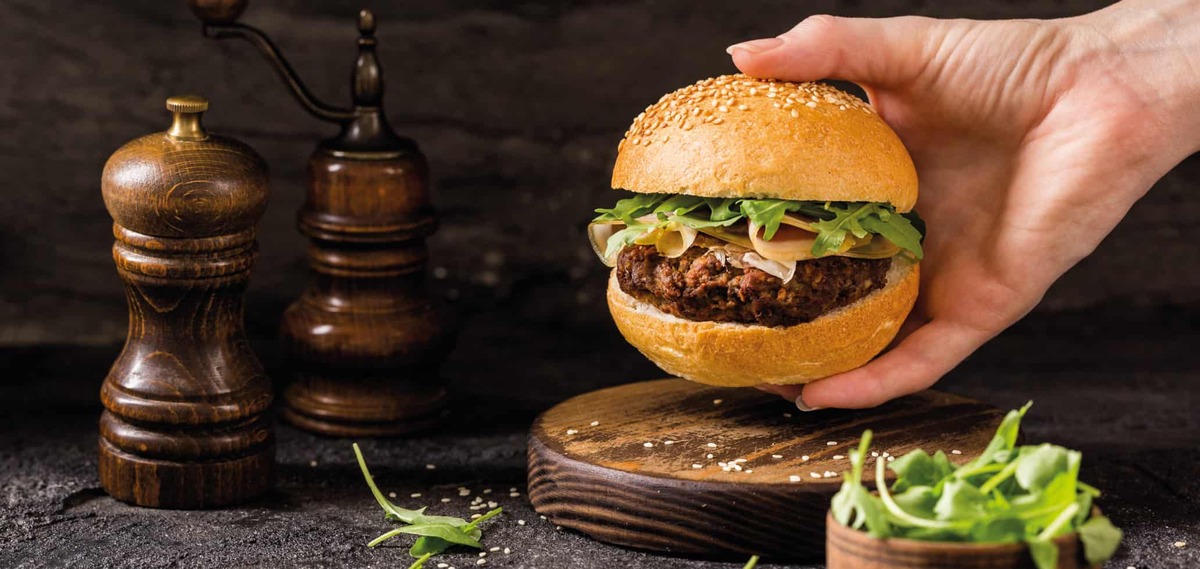Although there are three recognized breeds of Canary Island goat on the islands , the majorera, the palmera and the two breeds of Tenerife, north and south, or the Tenerife goat, the Fuerteventura or majorera species is the predominant and most widespread native breed in the archipelago.
The Canary Islands, land of the goats
The goat is the predominant animal, in number, among the livestock species of the Canary Islands and has been so ever since the Archipelago has been inhabited by the human species. This animal arrived to the islands with the first settlers from North Africa and during the aboriginal period, whose economy was based mainly on the use of its milk and meat, as well as its skin and even its bones.
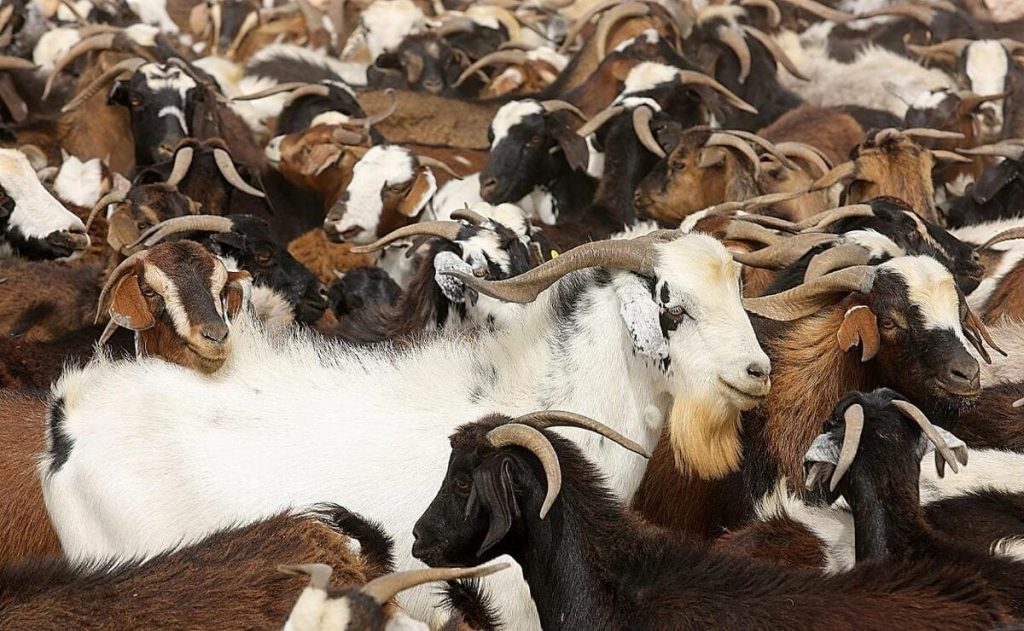
At present, there are more than one million Canary Island goats distributed among all the islands and they continue to provide most of the milk used for the production of the prized Canary Island cheeses, both artisan and industrial.
The majorera goat is a unique Canarian goat breed in the world.
It is one of the three native goat breeds of the Canary Islands, together with the Tenerife and the Palm. Native to the island of Fuerteventura, it is the producer of the milk used to make the famous Majorero cheese, with Denomination of Origin since 1996. It is one of the most important domestic mammals of the islands in terms of the number of individuals, the quality of its milk, and the economic importance it has on the archipelago.
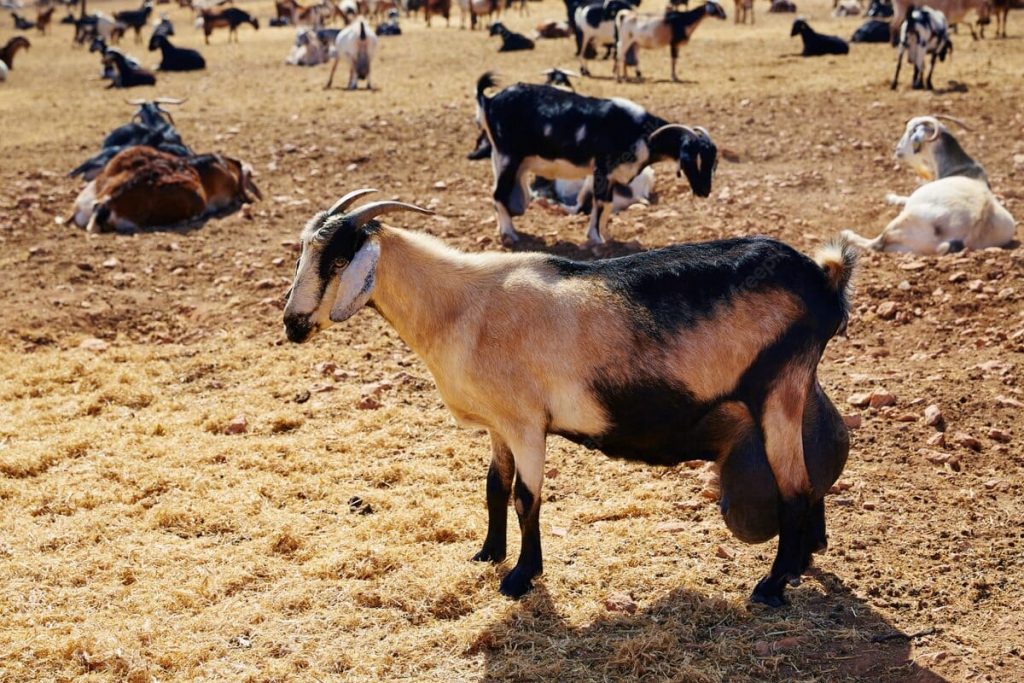
Description of this goat species
When a specimen of this type of Canary Island goat is born, it is called a "baifo" or kid and feeds on "beletén or colostrum", as the mother's milk from the first days after birth is known. As for the general appearance of the Majorero breed, they are animals in which length predominates over height. Their weight is above average and their profile is generally straight or subconvex.
According to the morphological and physiological characteristics of this species, the majorera goat is markedly milky and its main property is its adaptation to aridity. Short-haired, the males also have "raspil", as the long coarse hairs along the mid-dorsal line of the body are known, sometimes of a different color than the rest of the coat. In addition, their mucous membranes are dark with abundant pigmentation.
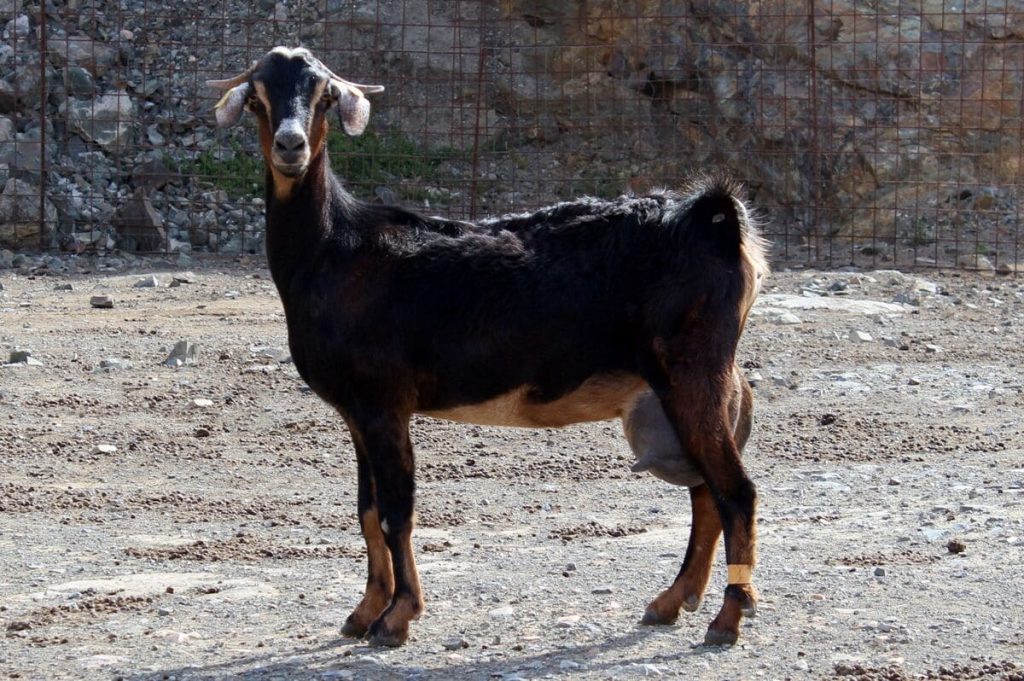
The head of this breed of Canary Island goat is large, with long ears and arched horns that are sometimes twisted. Males also have a goatee. The neck is slender and long, the chest is deep and well developed, and the back is angular. The majorera goat's tail is high set and directed upwards. The legs are strong, long and thin, and the hooves are dark in color.
This animal has highly developed udders, sometimes exaggerated, especially in high production goats. The skin is moderately thin and the pigmentation is blackish. In males, the testicles are highly developed and the scrotal pouches vary in length.
Its characteristic habitat
It is the breed with the largest existing population in the Canary Islands, being undoubtedly the one with the greatest production potential and the one with the best capacity to adapt to arid and semi-arid zones. The herds have an average size of 500 to 600 individuals.
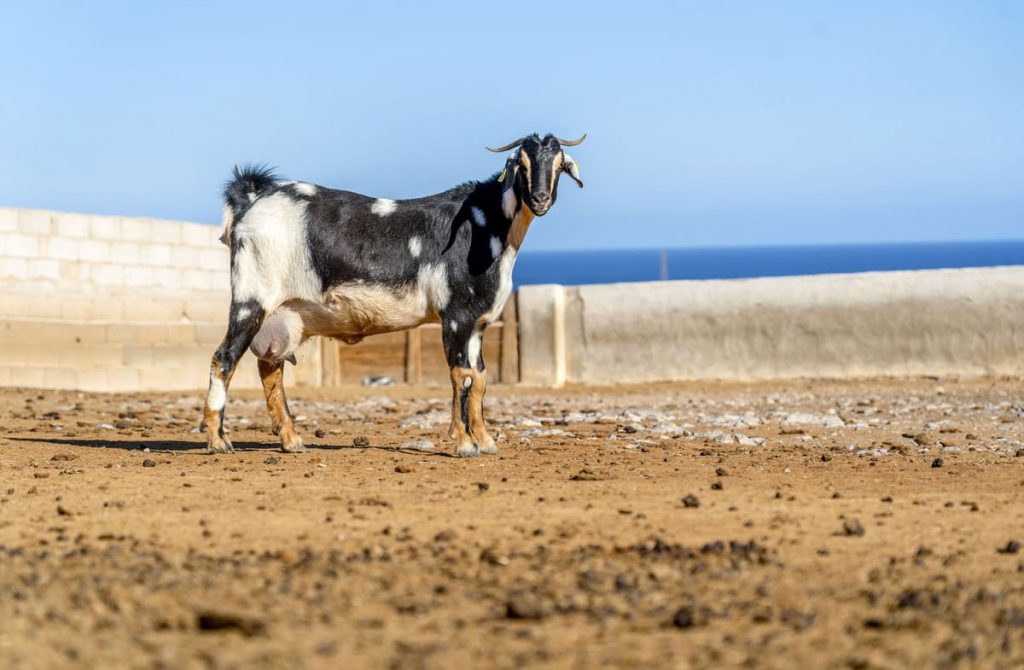
In addition, the population of this Canary Island goat is distributed throughout the islands, although most of it is concentrated in Fuerteventura, Gran Canaria and Tenerife. In recent decades the number has multiplied and has been exported to countries such as Cape Verde, Venezuela and recently Senegal, where it has adapted successfully.
If you are interested in learning more about the Canary Islands, its products, gastronomy, flora and fauna, here are some links that may be of interest: Palmero cheese, simple and for all tastes.; Canarian cheese, varieties of the islands; Vieja, one of the most typical fish of the Canary Islands..
Paula Vera
Photos: ondafuerteventura.es; enfuerteventura.es; canarias7.es
